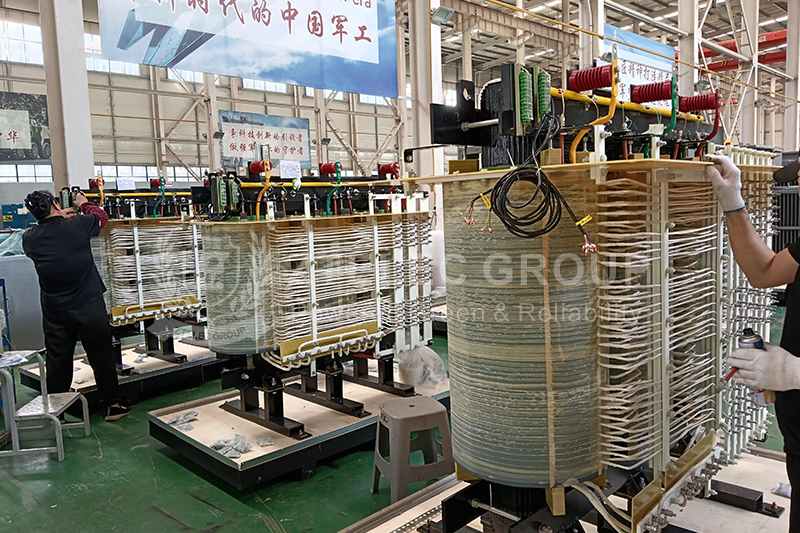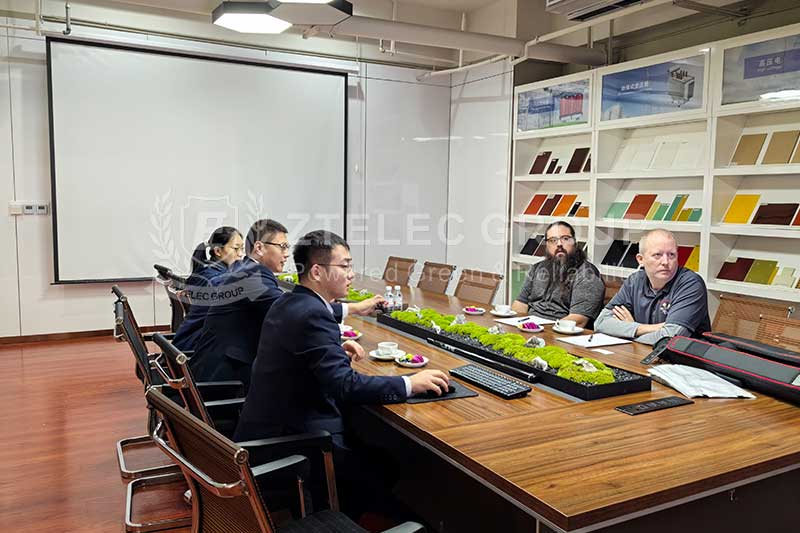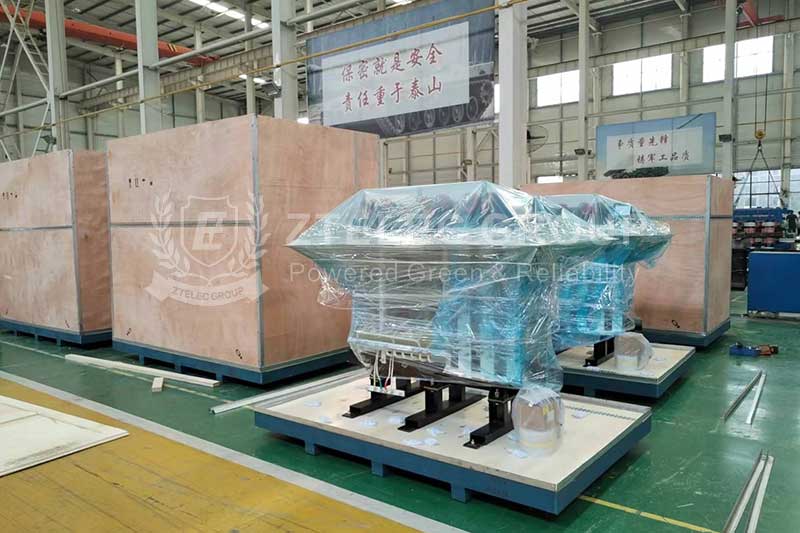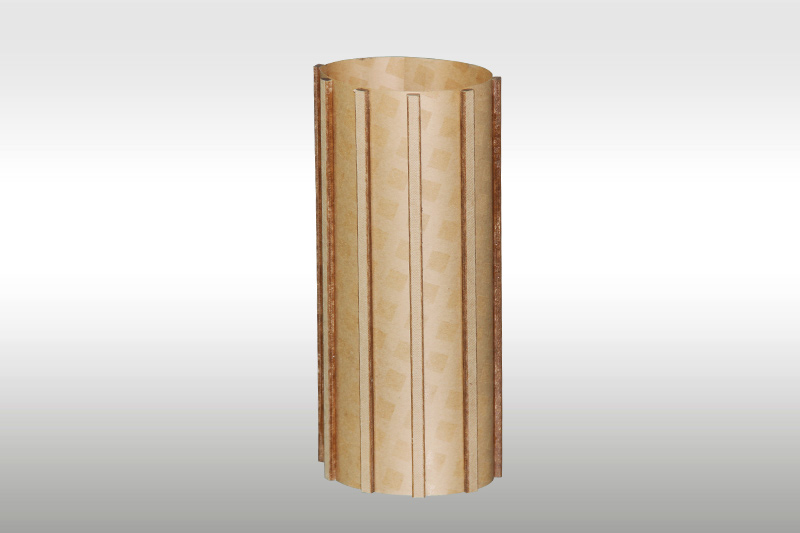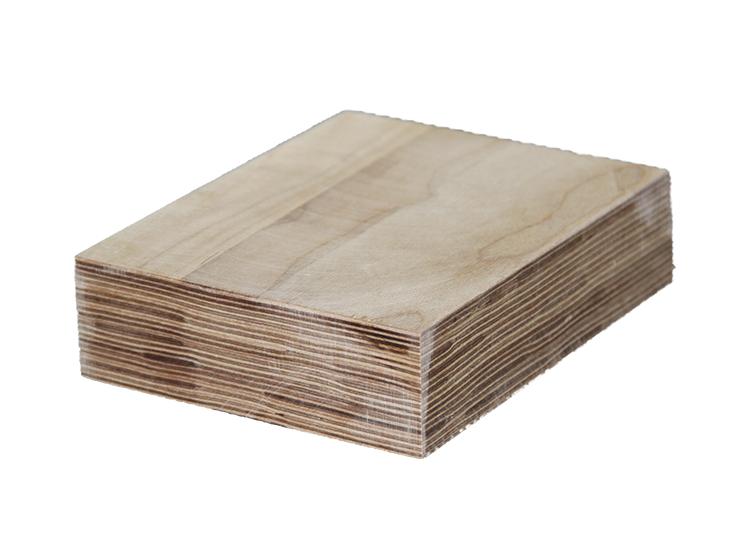What is insulation material? Introduction to insulation material classification and performance characteristics
2023-12-21 15:36 | By: ZTELEC-www.ztelecgroup.com | 107click
Insulating materials are non-conductive materials under the allowable voltage, but they are not absolutely non-conductive materials. Under the action of a certain external electric field intensity, processes such as conduction, polarization, loss, and breakdown will also occur, and aging will occur after long-term use. .
The resistivity of insulating materials is very high, usually in the range of 1010~1022Ω·m. For example, in a motor, the insulating material around the conductors isolates the turns and from the grounded stator core to ensure safe operation of the motor.
thermally conductive insulating material
Insulating materials are the foundation and guarantee for the development of electrical products and play a particularly important role in the development of motors and electrical industries. The development and progress of insulating materials depend on the development of polymer materials and directly restrict and affect the development and progress of electrical products. .
Insulation materials are the key to the advanced technology of electrical products and an important guarantee for the long-term safe and reliable operation of electrical products. Therefore, it is required to continuously develop new varieties of insulation materials and improve product performance and quality to meet the needs of the continuous development of electrical products.
Insulation Materials
There are many types of insulation materials, which can be divided into three categories: gas, liquid and solid. Commonly used gas insulation materials include air, nitrogen, sulfur hexafluoride insulating PC film, etc.
Liquid insulation materials mainly include mineral insulating oil and synthetic insulating oil (silicone oil, dodecylbenzene, polyisobutylene, isopropylbiphenyl, diarylethane, etc.).
Solid insulation materials can be divided into two categories: organic and inorganic. Organic solid insulating materials include insulating paint, insulating glue, insulating paper, insulating fiber products, plastics, rubber, varnished paint pipes and insulating impregnated fiber products, electrical films, composite products and adhesive tapes, electrical laminates, etc. Inorganic solid insulating materials mainly include mica, glass, ceramics and their products. In contrast, solid insulation materials are diverse and most important.
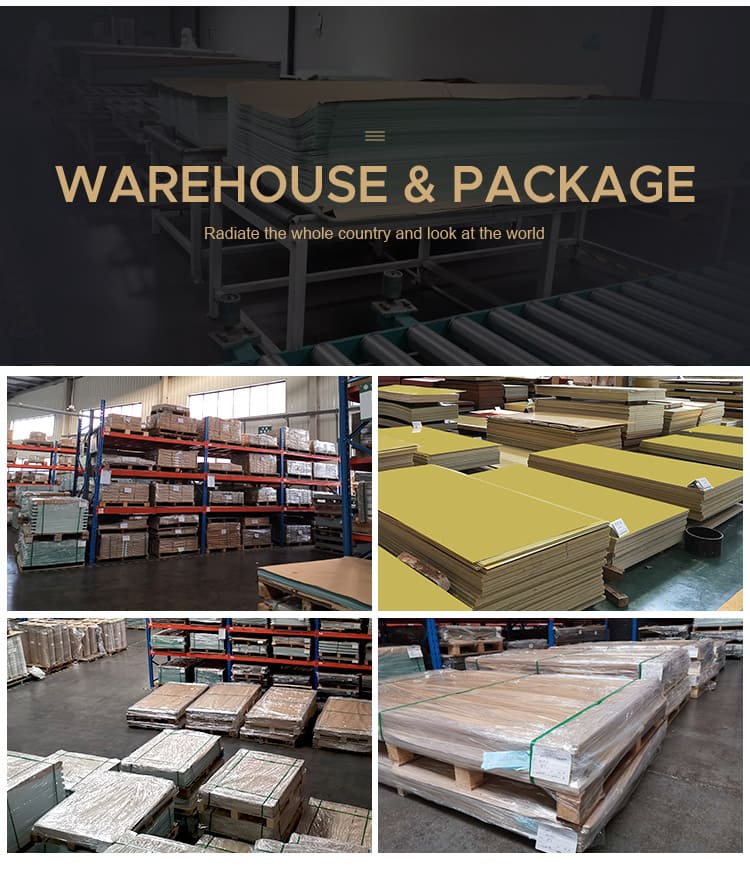
Different electrical equipment has different requirements for the performance of insulation materials. Insulating materials used in high-voltage electrical equipment such as high-voltage motors and high-voltage cables require high breakdown strength and low dielectric loss. Low-voltage electrical appliances have mechanical strength, elongation at break, heat resistance level, etc. as the main requirements.
Highland barley paper insulation material
The macroscopic properties of insulation materials, such as electrical properties, thermal properties, mechanical properties, chemical resistance, climate change resistance, corrosion resistance and other properties are closely related to its chemical composition, molecular structure, etc. Inorganic solid insulating materials are mainly composed of silicon, boron and various metal oxides. They are mainly ionic structures. Their main features are high heat resistance, operating temperature is generally greater than 180°C, good stability, atmospheric aging resistance, and It has good chemical resistance and long-term aging performance under the action of electric field; but it has high brittleness, low impact strength, high pressure resistance and low tensile strength; and poor processability. Organic materials are generally polymers with average molecular weights between 104 and 106, and their heat resistance is usually lower than inorganic materials. The heat resistance of materials containing aromatic rings, heterocyclic rings, silicon, titanium, fluorine and other elements is higher than that of general linear chain polymer materials.
Important factors affecting the dielectric properties of insulating materials are the strength of molecular polarity and the content of polar components. The dielectric constant and dielectric loss of polar materials are higher than those of non-polar materials, and they easily absorb impurity ions to increase conductance and reduce their dielectric properties. Therefore, care should be taken during the manufacturing process of insulation materials to prevent contamination. The dielectric used in capacitors requires a high dielectric constant to improve its specific characteristics.
tags:Lightning ProtectionOverload ProtectionShort Circuit Protectiontransformer safety10kV oil-immersed transformer
- more+releated article
- 2025-10-21Application of K Factor Transformer
- 2025-10-21Detailed explanation about transformer model w
- 2025-10-2010kV Oil-Immersed Transformer Safety: Lightnin
- 2025-10-20What are The Advantages of Phenolic Cotton Clo
- 2025-10-17Are Three-Phase Isolation Dry-Type Transformer
- 2025-10-17G10 Epoxy Sheet: Choosing the Right Specificat
- 2025-10-1610kV Oil-Immersed Transformer Operation Inspec
- 2025-10-163240-B Epoxy Phenolic Glass Fiber Cloth Lamina
- 2025-10-15G10 Epoxy Sheet: The Preferred Insulation Mate
- 2025-10-15Analysis of Energy-Saving and Noise Control Te

